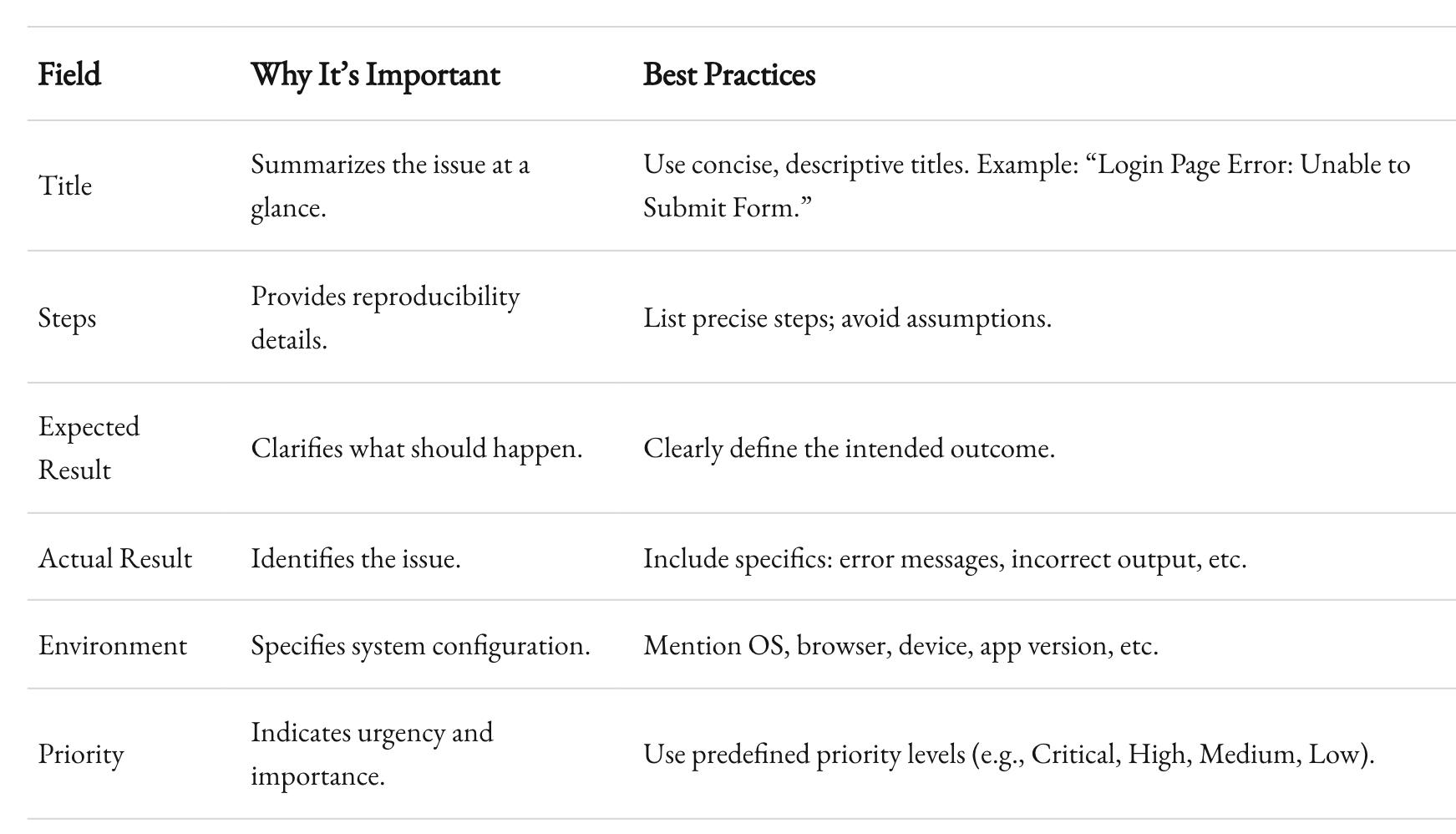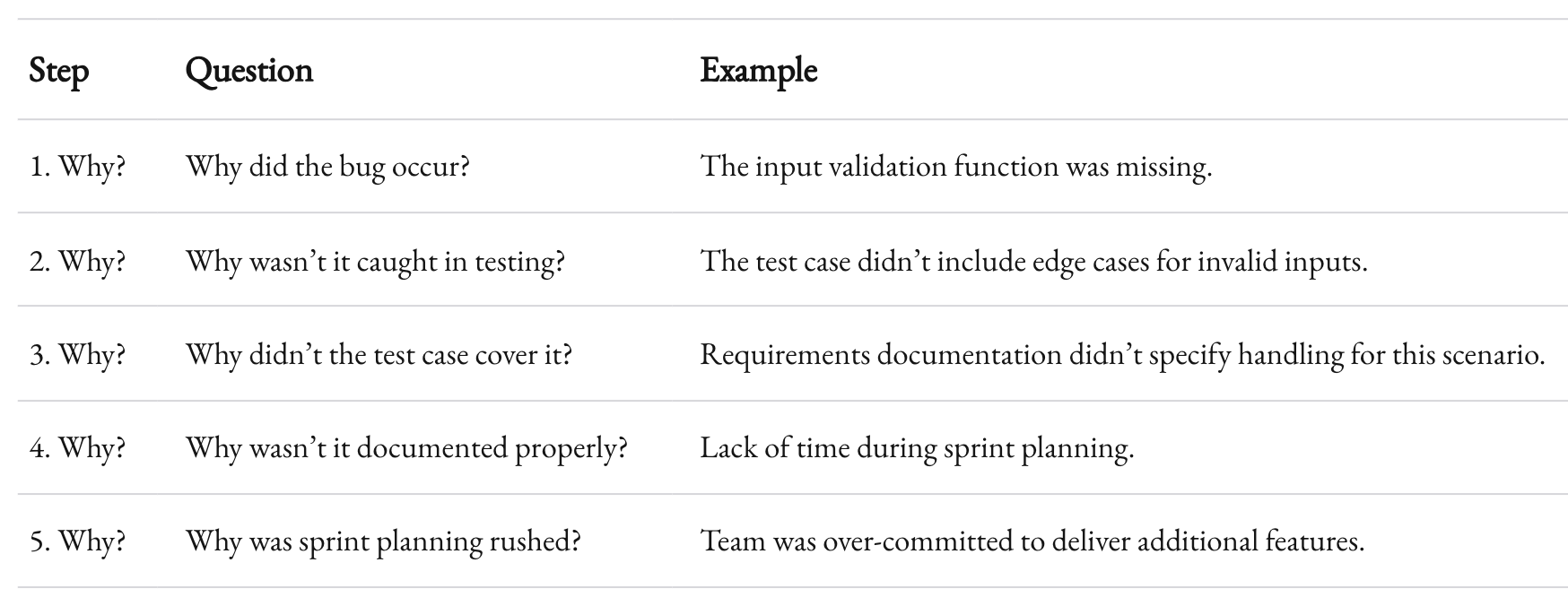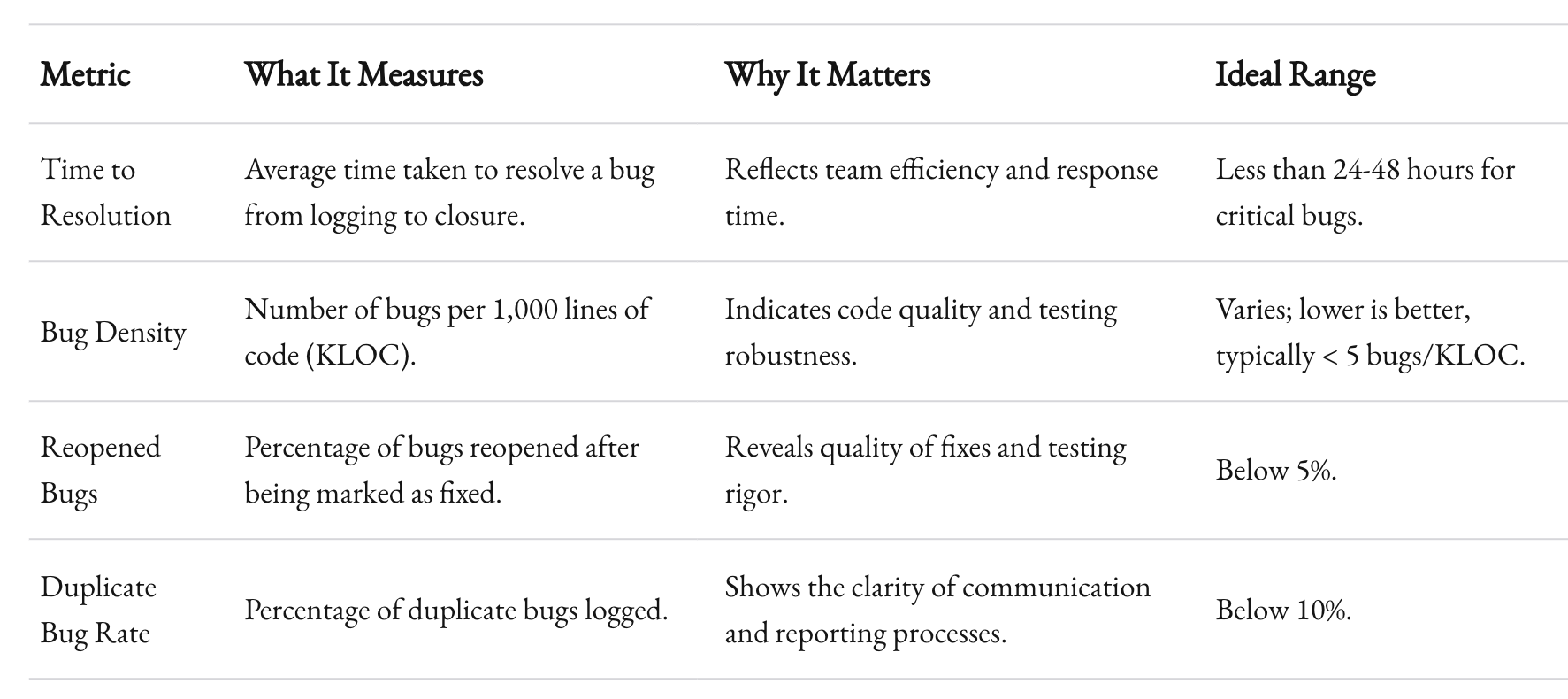What's the Most Efficient Way to Handle Bug Tracking and Resolution?
Tired of stressful bug tracking? Learn efficient strategies for bug resolution, from clear reporting to root cause analysis, and improve your development workflow.

Bugs. They're the uninvited guests in every software project. No matter how skilled your developers are or how rigorous your QA processes might be, bugs are inevitable. But here's the thing: how you handle them can make or break your project's success.
At 1985, an Outsourced Software Development company I run, bugs are part of our daily vocabulary. Over the years, we've learned that efficient bug tracking and resolution isn't just about tools or processes. It's about mindset, discipline, and a relentless focus on what matters most—delivering value to users.
Let’s dig into the most efficient way to handle bug tracking and resolution, going beyond the surface to share actionable insights. These are strategies that have worked for us and can work for you, too.
Start with a Strong Foundation
Define “Bug” Clearly
Not every hiccup in your software is a bug. Ambiguity around what constitutes a bug can lead to inefficiencies. A bug, for us, is a deviation from expected behavior as defined in requirements or user stories. By being explicit, we avoid wasting time debating whether something is a bug or a feature request.
Set Up Your Process Early
Efficiency starts long before the first bug is logged. Establishing a well-documented bug management process during the planning phase saves countless hours later. Here’s what ours looks like:
- Identification: Anyone can report a bug.
- Classification: QA or project managers categorize and prioritize the bug.
- Assignment: The bug is assigned to the most appropriate developer.
- Resolution: Developers fix the bug while adhering to coding standards.
- Verification: QA confirms the fix.
- Deployment: The fix is deployed to production, if applicable.
This may sound rigid, but clarity removes chaos. And chaos is a productivity killer.
Choose the Right Tools
Tools don't solve problems, but they can amplify your efficiency. At 1985, we’ve experimented with everything from spreadsheets to Jira to Linear. The tool you choose should:
- Integrate seamlessly with your development workflow.
- Be lightweight yet robust.
- Offer meaningful analytics (e.g., bug resolution times, trends).
Our current favorite? Linear, for its simplicity and speed. But pick what works for your team.
![14 Bug Report Templates to Copy for QA Testing [2024]](https://res.cloudinary.com/djyirvx7t/image/upload/fl_lossy/q_60/f_webp/c_limit,w_iw,h_ih/v1697186183/bug-report-template/excel-bug-report-template.png)
Streamline Bug Reporting
Make Reporting Easy
A cumbersome reporting process discourages people from logging bugs, which leads to blind spots. Provide clear templates for bug reporting. At a minimum, the report should include:
- Title: A concise summary of the issue.
- Description: Steps to reproduce, expected behavior, and actual behavior.
- Environment: Browser, OS, or device details.
- Severity/Priority: A quick indicator of impact.
Here’s a template we use:

Encourage Ownership
Encourage every team member—not just QA—to own the quality of the product. When developers, designers, and even project managers feel empowered to report bugs, the quality of your bug reports improves.
Include Screenshots or Videos
A picture’s worth a thousand words. Encourage reporters to attach screenshots or screen recordings. This reduces back-and-forth and speeds up the reproduction of bugs.

Prioritize Like a Pro
Separate Urgency from Importance
Not every bug is created equal. Some are show-stoppers. Others are minor inconveniences. Prioritization frameworks, like MoSCoW (Must, Should, Could, Won't), help ensure critical issues get addressed first.
Here’s how we prioritize:
- Critical: Blocks major functionality or affects many users.
- High: Impacts key functionality but has workarounds.
- Medium: Minor annoyance, doesn’t affect core functionality.
- Low: Cosmetic or trivial.
This categorization isn’t just theoretical. It’s a guiding star during sprint planning.
Automate the Small Stuff
Use tools to automatically triage certain types of bugs. For example, error-tracking tools like Sentry or Bugsnag can auto-classify bugs based on stack traces or occurrence frequency. This saves QA teams from drowning in repetitive tasks.

Fix Smart, Not Hard
Don’t Just Fix—Understand
Every bug has a root cause. Fixing symptoms instead of causes guarantees the bug will reappear. Use root cause analysis techniques like the “5 Whys” to dig deeper:
- Why did the bug occur?
- Why was the input invalid?
- Why wasn’t it caught in testing?
- Why did the test case miss it?
- Why wasn’t the scenario considered during planning?
This exercise often leads to systemic improvements.

Use Pair Debugging
Two heads are better than one. Pair debugging—where two developers collaborate to solve a bug—can cut resolution times significantly. At 1985, we’ve seen complex bugs resolved 30% faster through this approach.
Write Regression Tests
Every bug fix should include a regression test. This ensures the same bug doesn’t creep back in after future updates. Automated test coverage is the gold standard here.

Communicate Transparently
Update Stakeholders
Bugs don’t just affect development teams. They impact product managers, sales teams, and, most importantly, users. Establish a clear communication protocol for bug updates:
- Internal Stakeholders: Use dashboards or Slack notifications.
- Users: Notify them only if the bug significantly impacts their experience.
Transparency builds trust. And trust is everything.
Document Learnings
Every resolved bug is a learning opportunity. Documenting these helps prevent similar bugs in the future. For example:
- What went wrong?
- How was it fixed?
- What processes need to change?
A central “Bug Wiki” or retrospective meetings can make this process painless.

Measure and Optimize
Track Key Metrics
To improve, you need to measure. Some key metrics we track include:
- Time to Resolution: How long it takes to fix a bug.
- Bug Density: Number of bugs per 1,000 lines of code.
- Reopened Bugs: Indicates quality of fixes.

Regularly Review Your Process
Processes need tuning. Every quarter, we review our bug tracking and resolution practices to identify bottlenecks or inefficiencies. These reviews often lead to small changes with outsized impacts.
Foster a Quality-First Culture
Efficiency isn’t just about speed; it’s about doing the right things well. Building a quality-first culture, where everyone feels responsible for the product, reduces the number of bugs in the first place.

Recap
Bugs will always exist. But chaos doesn't have to. With the right processes, tools, and mindset, bug tracking and resolution can transform from a tedious chore into a streamlined, value-driven operation.
At 1985, we’ve learned these lessons the hard way. But every lesson has made us faster, better, and more efficient. And we’re still learning. Because the world of software development is always evolving.
So, what’s your next step? Review your current process. Identify one area to improve. And start there. Because efficiency isn’t built in a day, but it can start with a single step.



